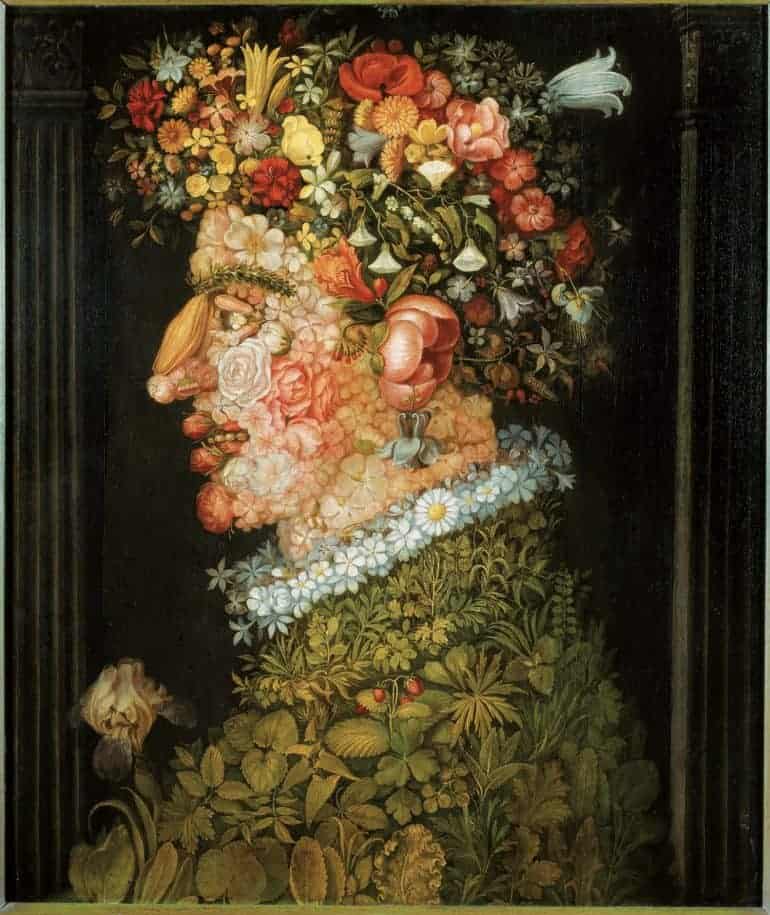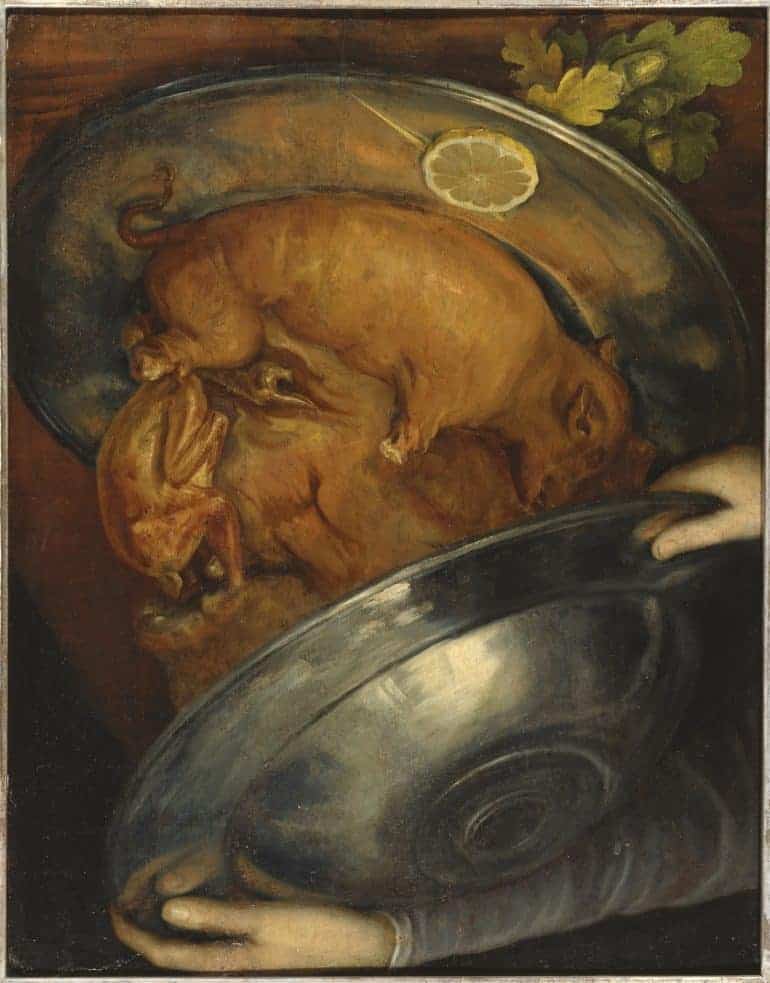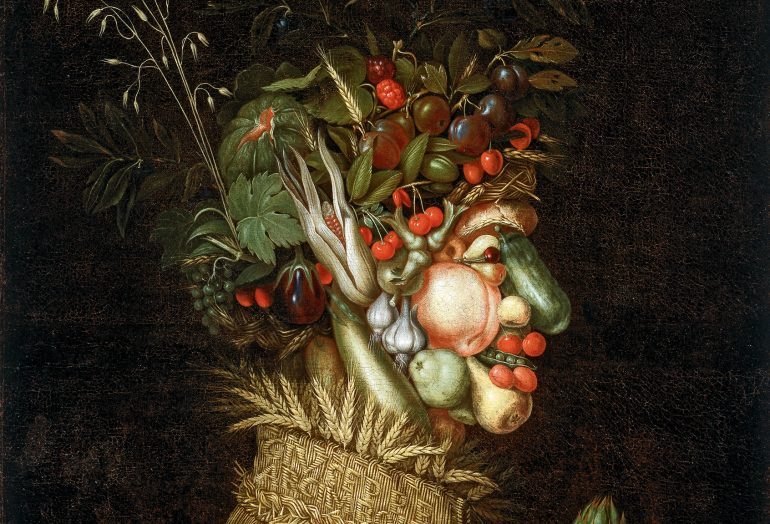Arcimboldo’s “composite heads” on display in Rome’s Palazzo Barberini
If you have ever seen a portrait painted entirely of fruit or vegetables or flowers, chances are, it was painted by Giuseppe Arcimboldo (more commonly called Arcimboldo) or one of his many admirers. These “composite heads” are precisely what made this strange yet incredibly talented Italian painter one of the greatest names in 16th century Lombardian culture.
On display at Palazzo Barberini, there are approximately 100 works: 20 by Arcimboldo, and many more by Arcimboldo’s admirers. The exhibit, organised by the National Galleries of Ancient Art in Rome and Mondo Mostre Skira and curated by Sylvia Ferino-Pagden, a leading expert on the Milanese painter, takes you on a journey through the painter’s life.
CLICK HERE TO BUY TICKETS TO PALAZZO BARBERINI AND GALLERIA CORSINI

You will first enter into an old Milanese setting where Arcimboldo (1526-1593) got his start under the teachings of his father. Nearby, you can catch glimpses of early composite head sketches along the wall.
In the following room, behold – the real deal. From far away, these paintings look curious. The clownish smile made of flowers is slightly off-putting. Hundreds of bird beaks give the impression of hair, while a beard is painted out of the fur of a sheep, and a zucchini is a (very large) nose.

Upon closer inspection, each and every detail of the composite head seems to come alive. Fur is painted hair by hair, each fish has a unique pattern of scales, and La Primavera is like a customized bouquet of pink roses. All these random objects in nature unite to make one beautiful work of art.
Arcimboldo’s paintings clearly show his love of nature, making him a protagonist of international mannerist culture.

Knowing that his art would be displayed in the palaces of Prague and Vienna, this Renaissance genius used his art for political propaganda. Arcimboldo’s paintings contain small symbols with great meanings, peace offerings, and even jokes. Certain works look totally different when rotated upside-down. Palazzo Barberini has set up mirrors under these paintings to allow you to engage your intellect and discover the symbols for yourself. Whether you find Arcimboldo’s artwork beautiful or grotesque, it is worthy of intellectual critique and consideration.
Till 11 February 2018
Palazzo Barberini
Via delle Quattro Fontane, 13
Tue–Thu: 9am–8.30pm; Fri–Sat: 9am – 10pm; Monday Closed
Entry fee €13 – €15




